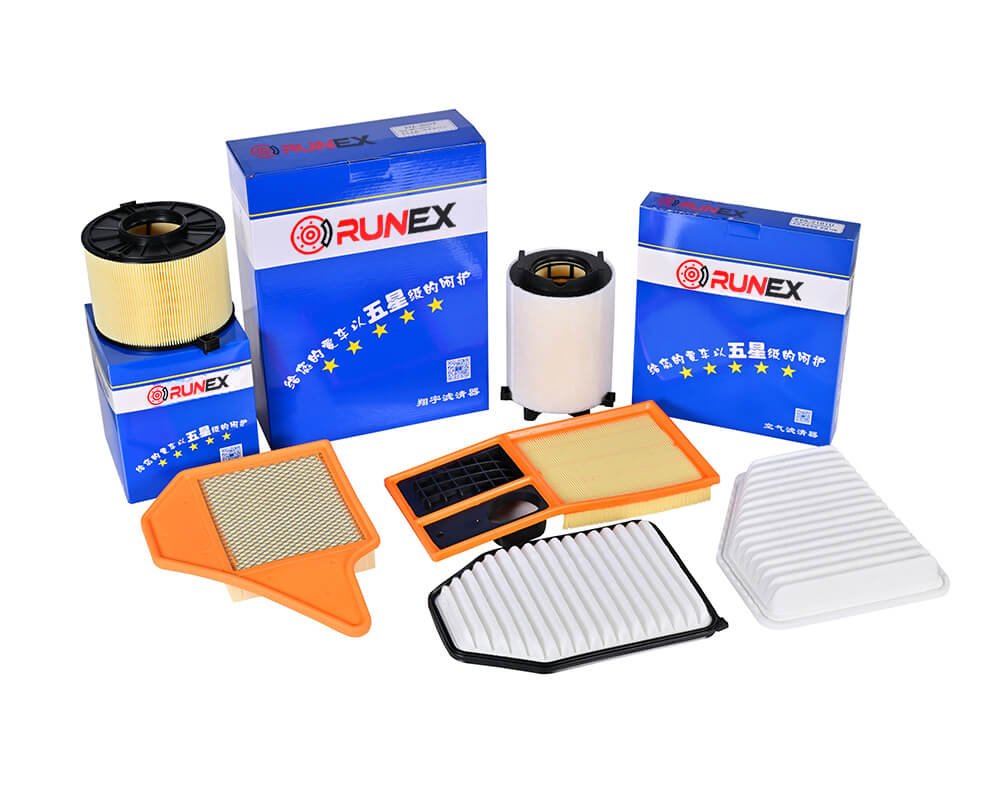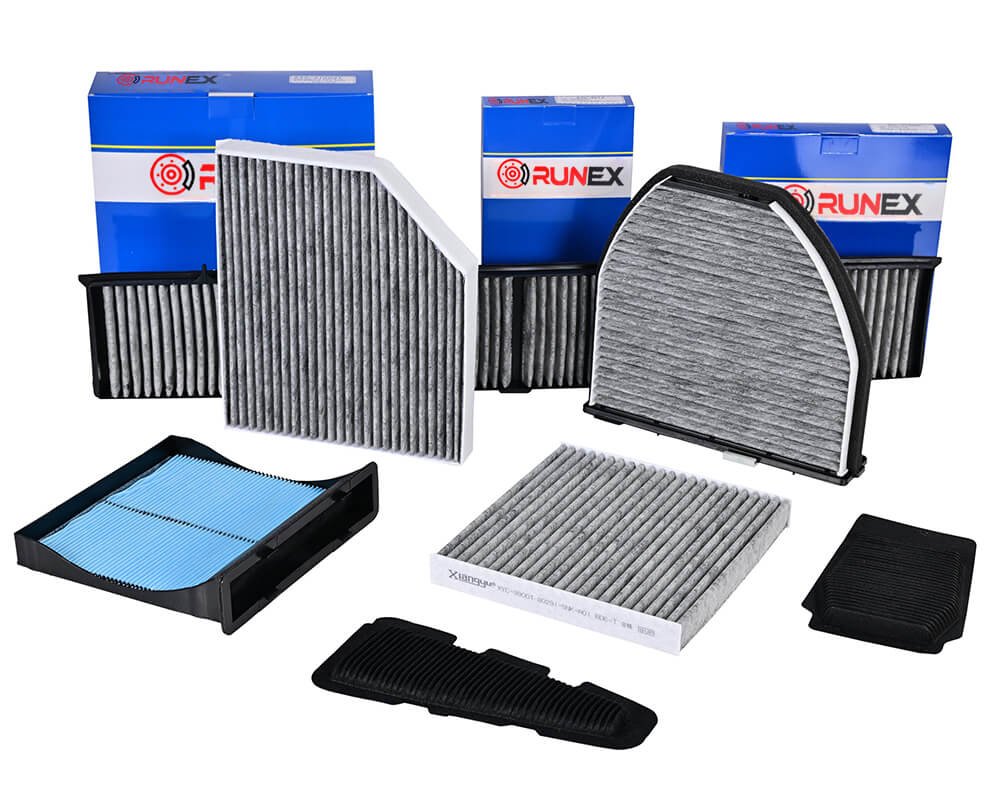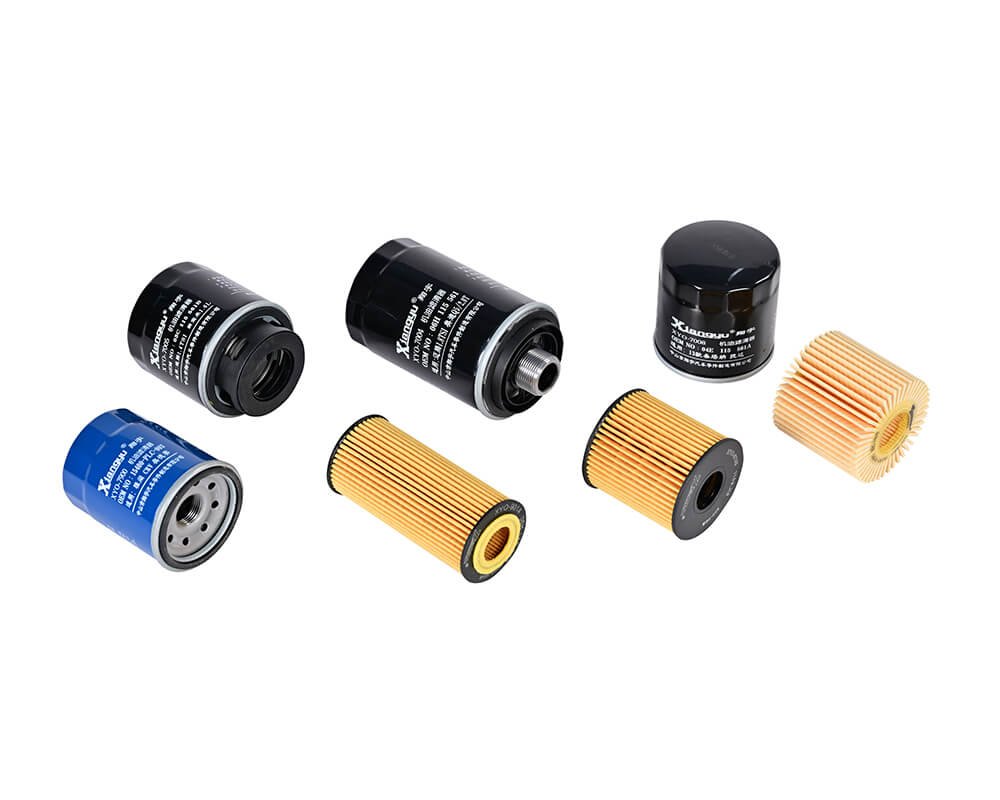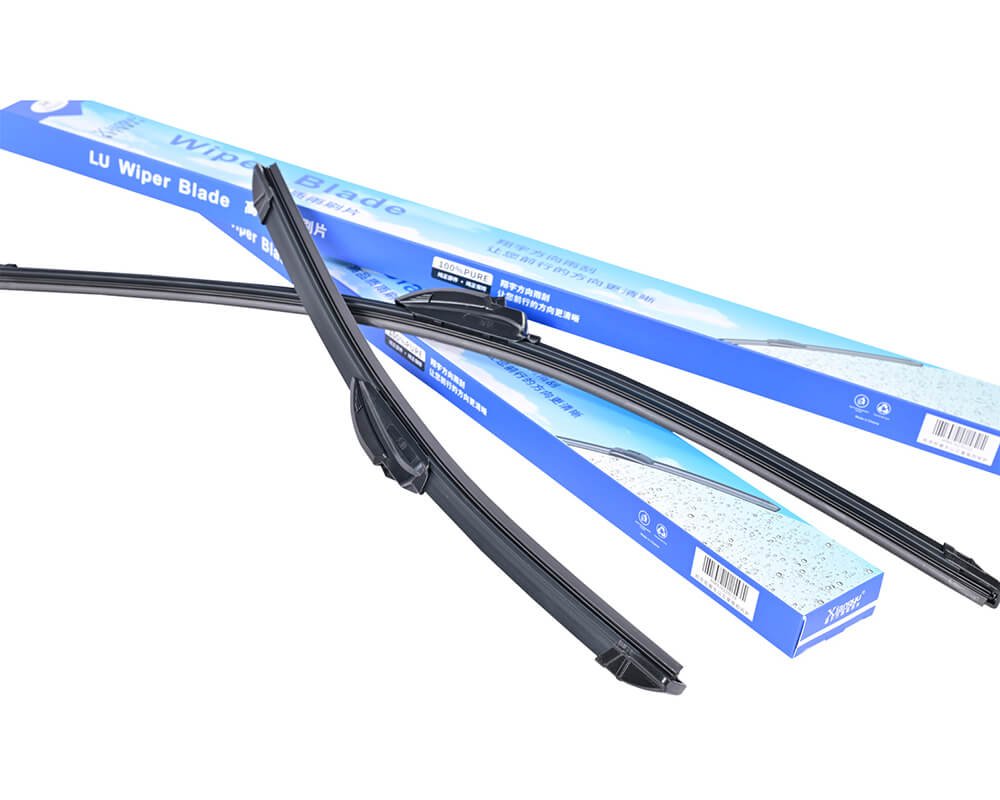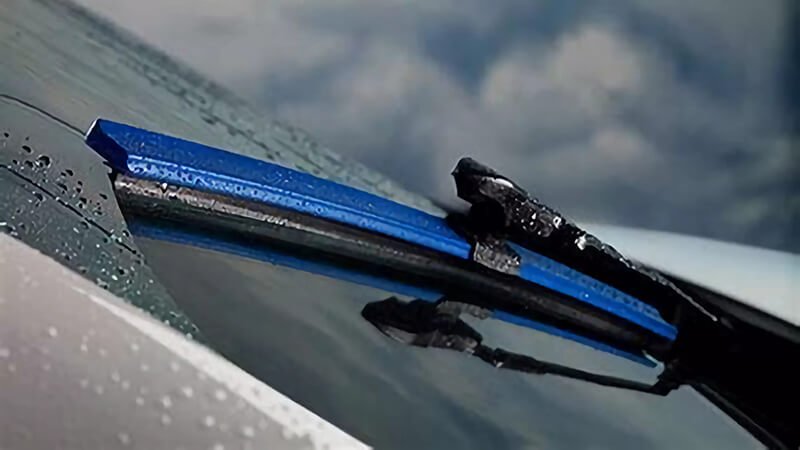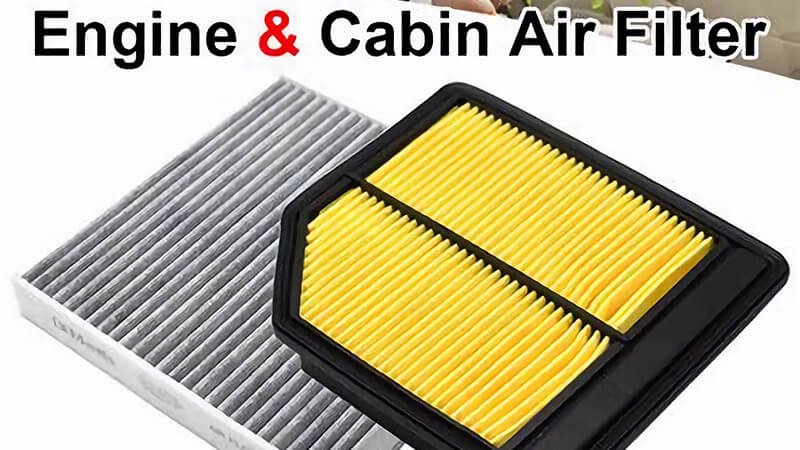Oil system problems in a fleet often come from a small overlooked part: the filter. Some buyers mix up the oil filter and the oil pan. They serve completely different roles. Confusing the two can lead to early engine wear, expensive downtime, and avoidable returns.
An oil filter actively removes debris from oil to protect engine components. An oil pan is a reservoir—it stores and cools the oil but doesn’t clean it.
A customer in the UK once told me his fleet kept suffering from early engine failure. The root cause? Low-grade filters that didn’t catch fine particles. Once he switched to our Runex oil filters, those issues disappeared. That taught me how much a filter can protect—or harm—an engine.
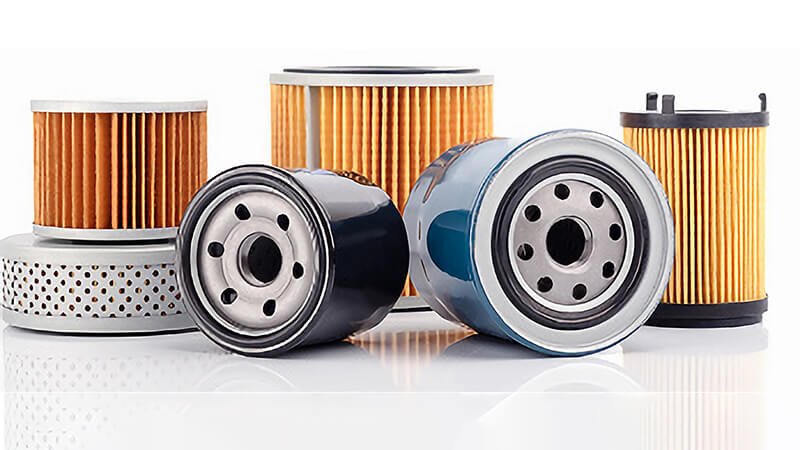
What is an oil pan?
Many first-time fleet buyers assume oil pans and filters are part of the same mechanism. They're not. The pan is the tank, the filter is the gatekeeper.
An oil pan is a metal reservoir located at the bottom of an engine. Its main function is to hold and cool the engine oil before it's pumped back into the system.
Think of it as a storage tank—not a filter
The oil pan1’s job is simple: collect oil that drains from the engine, keep it cool, and feed it back into the circulation cycle. It doesn’t clean oil or screen out contaminants.
At Runex Auto, we work with engine builders and OEMs who look at oil system design holistically. One of their main concerns is oil temperature control2. The oil pan helps here by exposing oil to airflow, especially in vehicles with undercarriage vents.
But no matter how efficient your oil pan is, it won’t save the engine if your oil filter3 fails. That’s where we focus our innovation.
Why oil pan and filter quality both matter
| Component | Function | Risk if Fails |
|---|---|---|
| Oil Pan | Stores and cools oil | Overheating, oil loss |
| Oil Filter | Cleans oil before recirculation | Engine wear, contamination |
Without the right filter, the cleanest oil pan won't protect the engine. And without enough oil in the pan, even the best filter won’t work.

Can you change the oil filter without draining the oil pan?
This is a common question among new vehicle techs and some fleet buyers. The answer depends on how the oil system is designed.
In many vehicles, you can change the oil filter without draining the oil pan—especially if the filter sits above the oil level. But it's not always recommended.
Risk vs. convenience
Some filters are mounted vertically, on top of the engine. In these cases, minimal oil spills out during removal. In others, like horizontal side-mount filters, oil may drain quickly once removed.
I always advise my clients: if you're doing a full service, change both. Why? Because an old oil pan full of degraded oil will contaminate the new filter immediately.
We design Runex oil filters4 to seal tightly with anti-drainback valves5. These prevent oil from flowing backward when the engine stops. That means if someone does change just the filter, our design helps limit oil loss. But still—it’s best practice to drain and replace both together.
When it’s okay to replace only the filter
- Emergency maintenance (e.g., roadside filter leak)
- Filter clog or visible pressure drop
- Testing a new filter (e.g., in R&D)
When it’s not okay
- During regular oil service
- After engine overheating
- If the oil is dark, thick, or smells burnt
A full oil and filter change6 costs little compared to an engine rebuild.
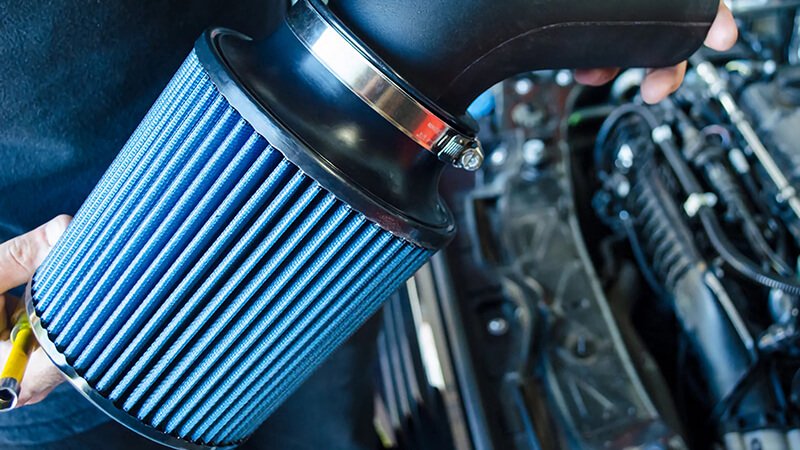
What is the purpose of an oil filter?
This is where I always stop and explain things in plain terms: oil filters are not optional. They’re not accessories. They’re critical protectors of your engine’s life.
The oil filter removes microscopic contaminants from the oil—carbon, metal dust, sludge—before the oil flows back into the engine’s moving parts. Without a filter, oil recirculates harmful debris that causes wear.
More than just a screen—it’s a layered defense
Runex oil filter7s are built with multilayer media that traps particles as small as 10 microns. To put that in context: a human hair is about 70 microns wide. That’s how fine the protection has to be.
One of my UK clients used to source from a budget supplier. Their filters caught only coarse particles. Result? Sludge buildup in turbo systems and cylinder scoring in diesel engines. After switching to our filters, return rates dropped by 80% within six months.
Filter features that matter:
| Feature | Benefit |
|---|---|
| Multi-layer media | Traps fine particles (10 microns) |
| Steel end caps | Prevents collapse under pressure |
| Anti-drainback valve | Keeps oil in filter when engine stops |
| Burst-resistant shell | Handles high-pressure start-ups |
The oil filter doesn’t just trap dirt—it decides how long the engine stays clean inside. A bad filter doesn’t fail instantly. It damages the engine quietly, over time.
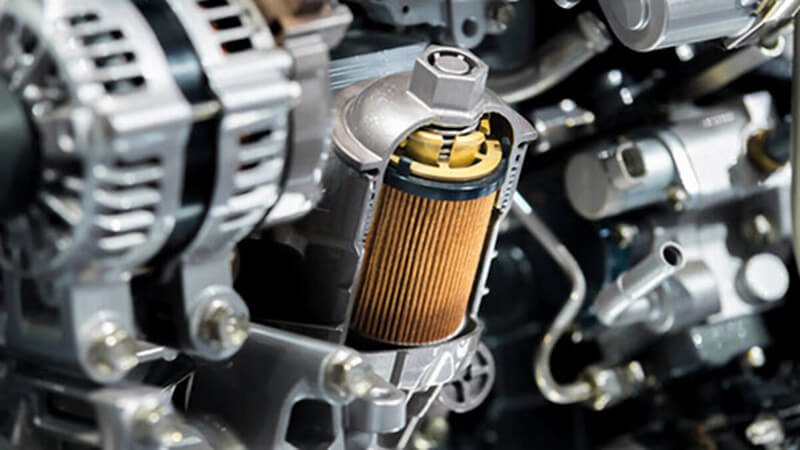
Should you drain the oil pan or oil filter first?
This may seem like a small detail—but the order of operations affects how well the service is done. It’s also something most new techs learn the hard way.
You should drain the oil pan first. This allows the oil in the system to flow downward, including oil held in the filter. If you remove the filter first, trapped oil can spill and make a mess.
Best practice order
- Warm up the engine slightly – this thins the oil and makes it drain faster.
- Turn off the engine and remove the drain plug – let the oil flow out completely.
- Wait a few minutes – this lets oil in the filter move down into the pan.
- Remove the oil filter – less oil left inside, less mess.
- Replace the drain plug, then install new filter – clean threads, use proper torque.
- Refill oil and check level – double-check for leaks after starting the engine.
This order isn’t just cleaner—it helps ensure the filter is not holding oil under pressure. Plus, it reduces oil waste.
Filter-first mistake
In one garage I worked with, a junior tech removed the filter first, spilling hot oil all over the alternator. Result? Smoke, panic, and a customer refund. That’s why we include oil change training8 in our Runex dealer onboarding.
Good filters help. But good habits matter9 too.
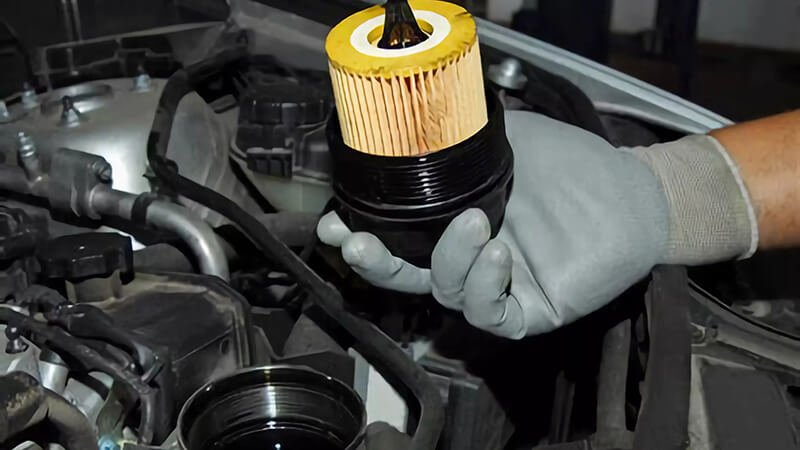
Conclusion
Oil pans and oil filters10 serve very different roles—but both are essential to a healthy engine. The oil pan stores and cools. The oil filter protects and cleans. Confusing them leads to service mistakes. At Runex Auto, we focus on building high-performance filters that trap the smallest particles and stand up to demanding use. When used correctly, our filters extend engine life, reduce returns, and support long-term fleet value. Whether you're managing a garage or a distribution network, knowing the difference—and choosing the right filter—makes all the difference.
-
The oil pan is essential for oil management in engines. Learn about its functions and how it affects engine health. ↩
-
Understanding oil temperature control is crucial for maintaining engine efficiency and longevity. Explore this link to learn more. ↩
-
The oil filter plays a vital role in protecting your engine from contaminants. Discover its importance and how it impacts performance. ↩
-
Understanding the best practices for oil filter changes can help you maintain your engine's health and performance. ↩
-
Learning about anti-drainback valves can enhance your knowledge of oil filter technology and its benefits for engine longevity. ↩
-
Discovering the importance of full oil and filter changes can save you from costly repairs and extend your engine's life. ↩
-
Understanding the role of oil filters can help you choose the right one for your vehicle, improving longevity and performance. ↩
-
Explore this resource to enhance your understanding of effective oil change training techniques and avoid common mistakes. ↩
-
Discover how cultivating good habits in automotive maintenance can lead to better performance and fewer mistakes. ↩
-
Find the best OEM oil fitler from Runex Auto. ↩




